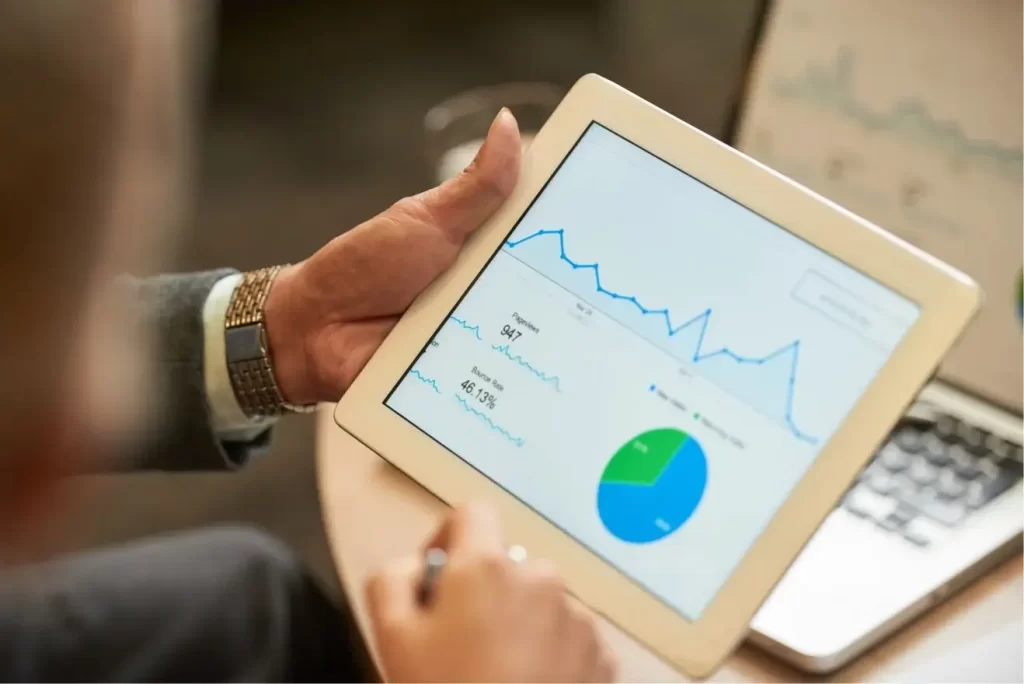Google Analytics Terms

I have been wanting to create an article about Google Analytics terms, at least a dictionary-like content for a long time. However, the intensity of both my graduate courses and my business life caused me to spend some time on my blog. Thankfully, as of January 2018, I got over the intensity and I will continue my writings from where I left off. Now it’s time to explain my knowledge about Google Analytics and Google Analytics Terms in the form of a dictionary. So let’s get started!
Google Analytics Terms
While explaining the terms in Google Analytics in my article, first of all, the terms that everyone knows or should know if they do not know; and then I’ll explain other terms that I see many people don’t use. Analytics is one of the primary tools that should be included in the digital marketing specialist’s tool kit. That’s why any information we add to ourselves about Google Analytics will add value to us.
Google Analytics Terms Everyone Should Know
Some Google Analytics Terms You Should Know
Assisted Conversions: Last Click or Direct Engagement Conversions are the ratio of the number of conversions in which the channel is in the supporting role to the number of conversions where the channel is the last interaction. If a channel has assisted multiple times in the path of a single conversion, only one conversion is added to the rate as an assisted conversion.
E-Commerce Tracking: It is a code snippet that you can add to your site or application to collect transaction data such as product sales, shopping amounts and billing locations and transfer them to your Google Analytics account.
Path Length: It is a report showing how many steps a user has taken until a conversion occurs. The path length of a user who came first through AdWords, then Google Organic, and finally Facebook Ads and converted is 3.
Segment: It is the feature we use to classify data on Analytics. For example, those aged 25-34 who came to our website from Izmir, etc.
Attribution Model: It is the rules that determine how much credit will be given to points that are not on this path until a conversion takes place.
Smart Goal: It is the type of goal that Google determines and recommends to be added. Google strongly recommends adding AdWords optimization to make it more successful.